Meet the BirdReel Flock
If you'd like to share a photo or video from your BirdReel bird feeder, send it to photos@birdreel.com and we'll add it to the Flock!
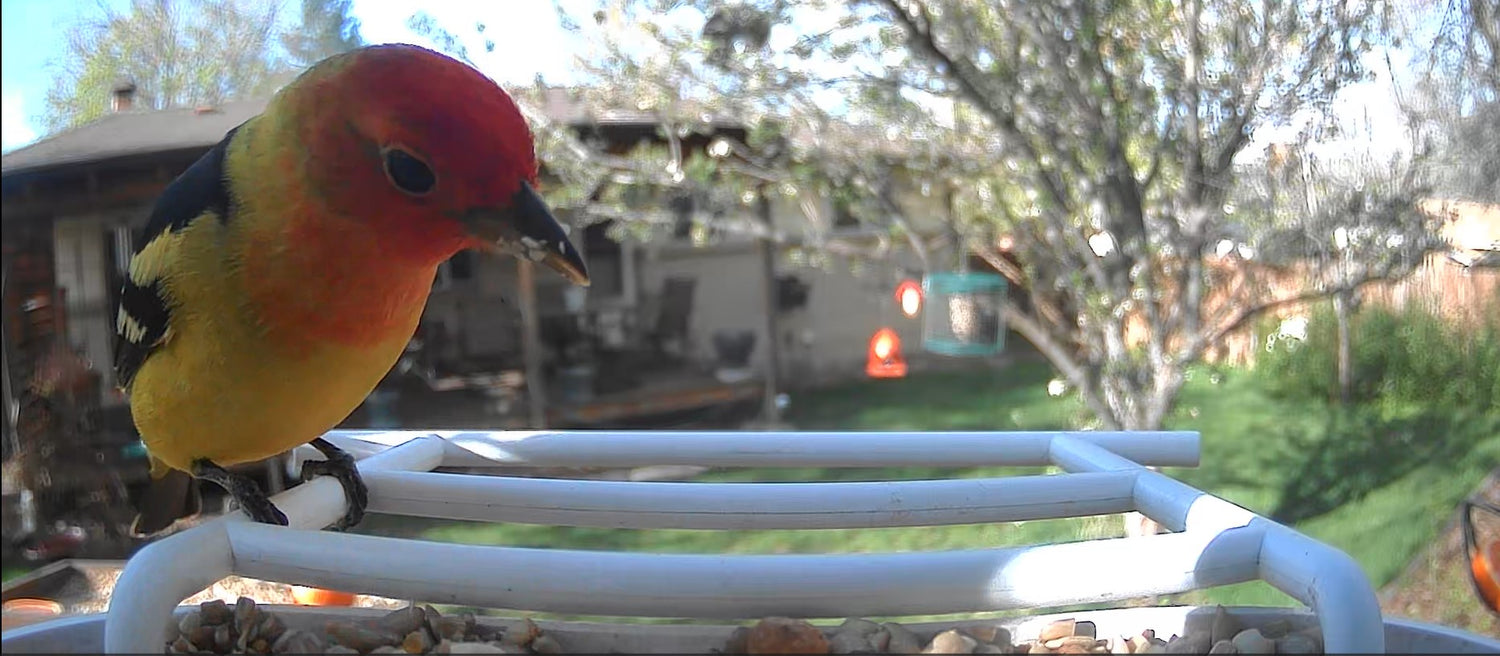
Piranga ludoviciana
Western Tanager
A clear look at a male Western Tanager is like looking at a flame: an orange-red head, brilliant yellow body, and coal-black wings, back and tail. Females and immatures are a somewhat dimmer yellow-green and blackish. These birds live in open woods all over the West, particularly among evergreens, where they often stay hidden in the canopy. Nevertheless, they’re a quintessential woodland denizen in summertime, where they fill the woods with their short, burry song and low, chuckling call notes.

Poecile gambeli
Mountain Chickadee
The tiny Mountain Chickadee is a busy presence overhead in the dry evergreen forests of the mountainous West. Often the nucleus in mixed flocks of small birds, Mountain Chickadees flit through high branches, hang upside down to pluck insects or seeds from cones, and give their scolding chick-a-dee call seemingly to anyone who will listen.

Colaptes auratus
Northern Flicker
Northern Flickers are large, brown woodpeckers with a gentle expression and handsome black-scalloped plumage. On walks, don’t be surprised if you scare one up from the ground. It’s not where you’d expect to find a woodpecker, but flickers eat mainly ants and beetles, digging for them with their unusual, slightly curved bill. When they fly you’ll see a flash of color in the wings – yellow if you’re in the East, red if you’re in the West – and a bright white flash on the rump.
Selasphorus rufus
Rufous Hummingbird
One of the feistiest hummingbird in North America. The brilliant orange male and the green-and-orange female Rufous Hummingbird are relentless attackers at flowers and feeders, going after (if not always defeating) even the large hummingbirds of the Southwest, which can be double their weight. Rufous Hummingbirds are wide-ranging, and breed farther north than any other hummingbird. Look for them in spring in California, summer in the Pacific Northwest and Alaska, and fall in the Rocky Mountains as they make their annual circuit of the West.
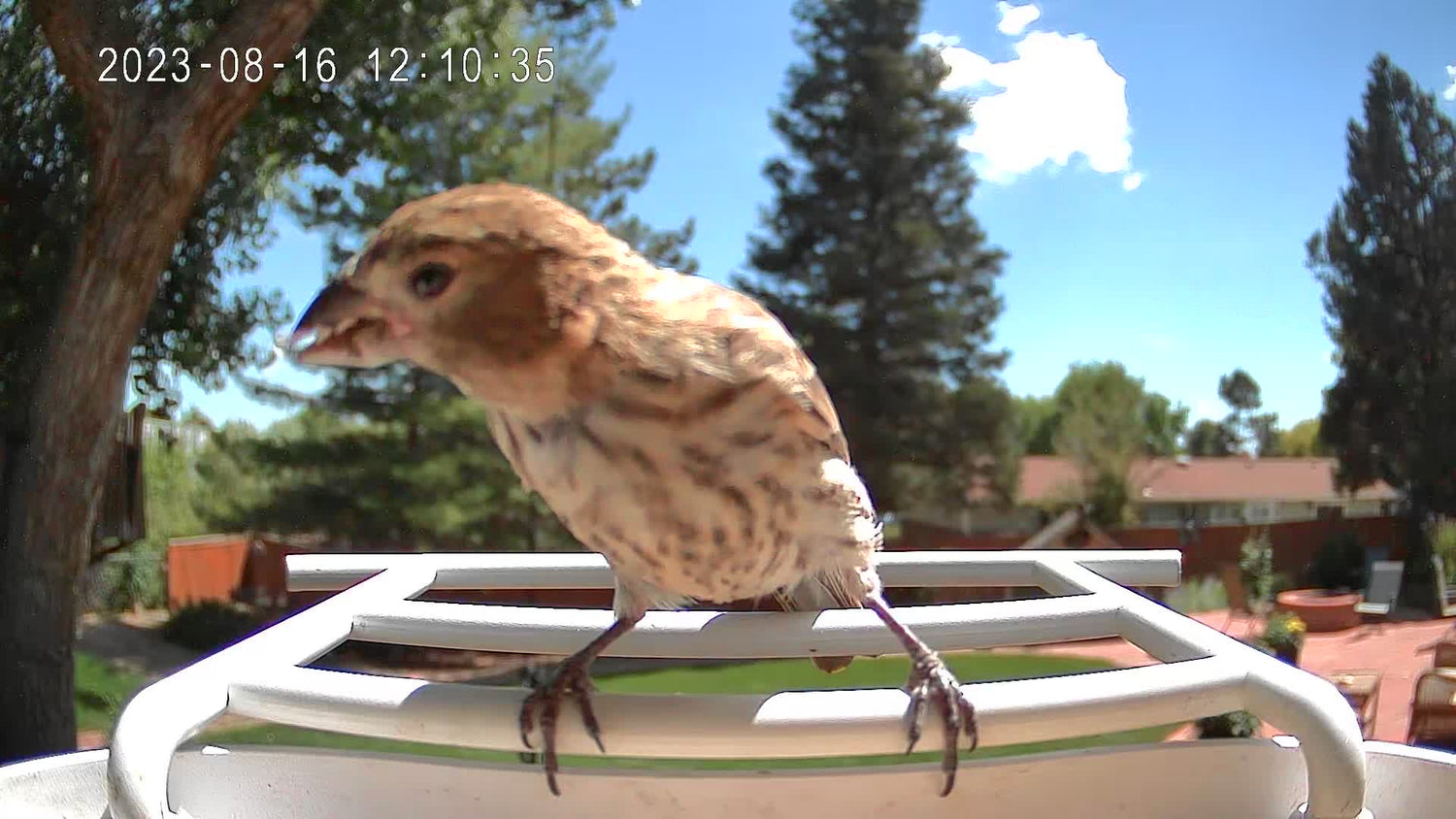
Haemorhous mexicanus
House Finch
The House Finch is a recent introduction from western into eastern North America (and Hawaii), but it has received a warmer reception than other arrivals like the European Starling and House Sparrow. That’s partly due to the cheerful red head and breast of males, and to the bird’s long, twittering song, which can now be heard in most of the neighborhoods of the continent. If you haven’t seen one recently, chances are you can find one at the next bird feeder you come across.
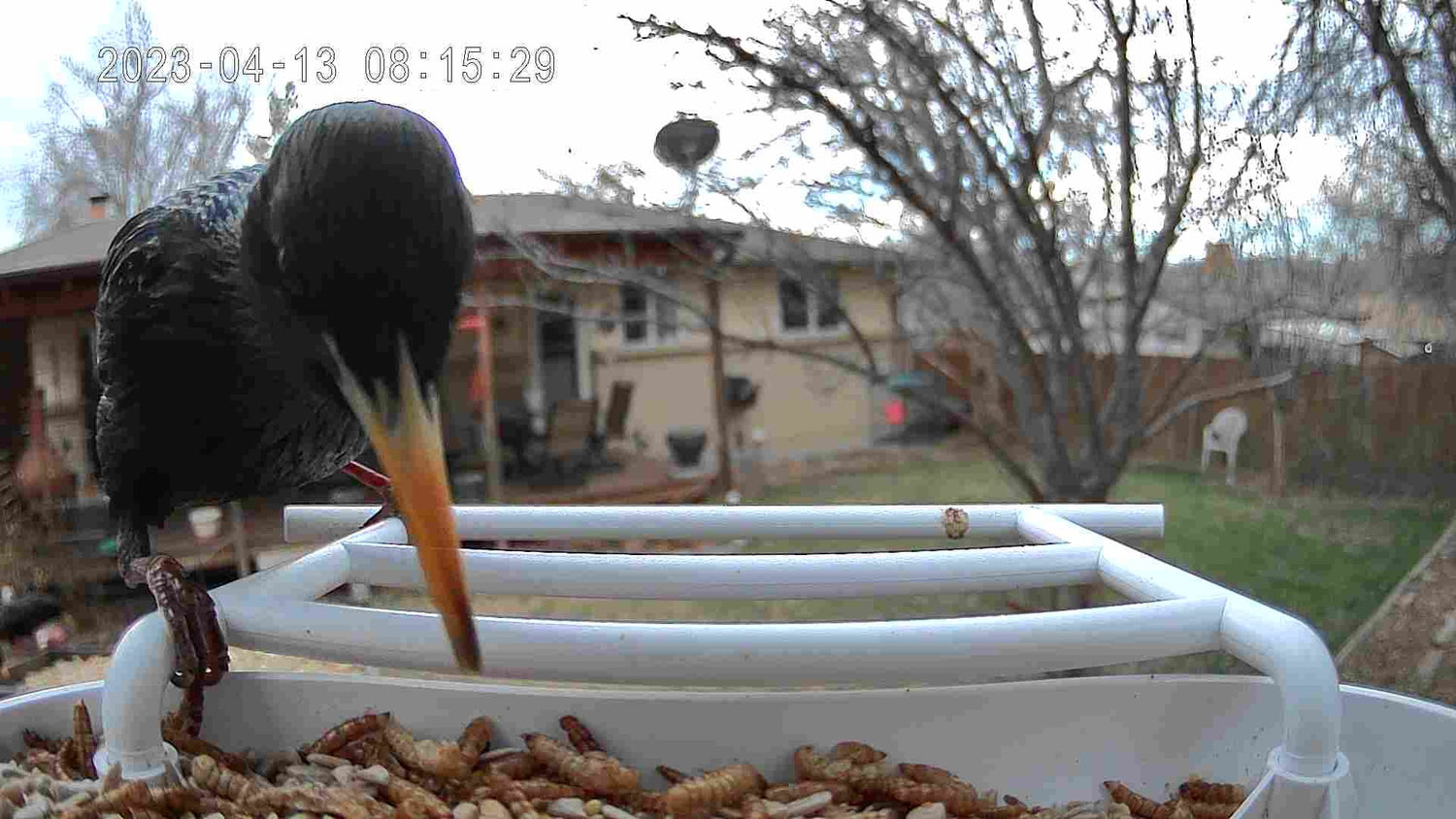
Sturnus vulgaris
European Starling
First brought to North America by Shakespeare enthusiasts in the nineteenth century, European Starlings are now among the continent’s most numerous songbirds. They are stocky black birds with short tails, triangular wings, and long, pointed bills. Though they’re sometimes resented for their abundance and aggressiveness, they’re still dazzling birds when you get a good look. Covered in white spots during winter, they turn dark and glossy in summer. For much of the year, they wheel through the sky and mob lawns in big, noisy flocks.

Pica hudsonia
Black-billed Magpie
Black-billed Magpies are familiar and entertaining birds of western North America. They sit on fenceposts and road signs or flap across rangelands, their white wing patches flashing and their very long tails trailing behind them. This large, flashy relative of jays and crows is a social creature, gathering in numbers to feed at carrion. They’re also vocal birds and keep up a regular stream of raucous or querulous calls.
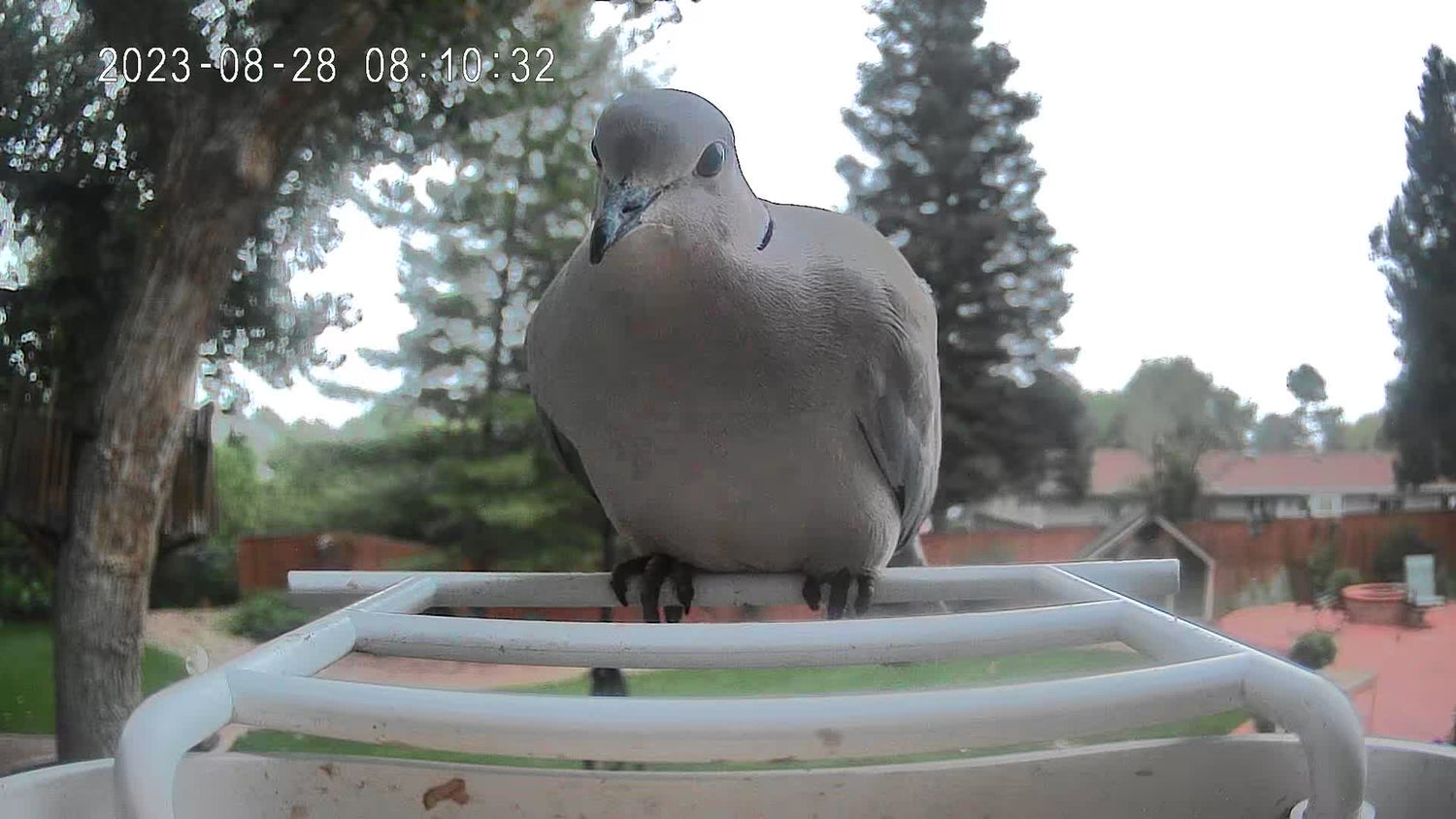
Streptopelia decaocto
Eurasian Collared-Dove
With a flash of white tail feathers and a flurry of dark-tipped wings, the Eurasian Collared-Dove settles onto phone wires and fence posts to give its rhythmic three-parted coo. This chunky relative of the Mourning Dove gets its name from the black half-collar at the nape of the neck. A few Eurasian Collared-Doves were introduced to the Bahamas in the 1970s. They made their way to Florida by the 1980s and then rapidly colonized most of North America.
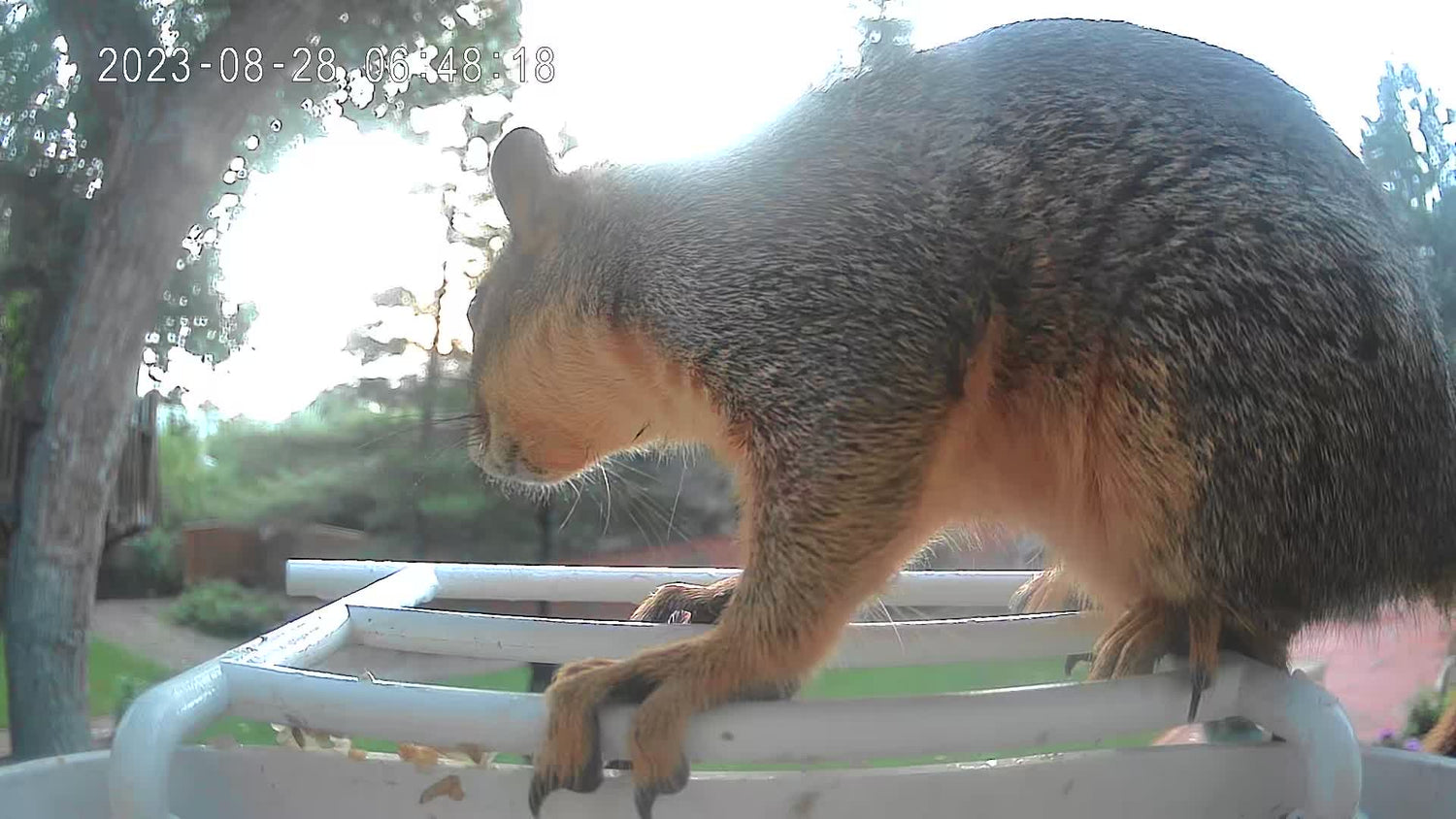
Sciurus niger
Fox Squirrel
The fox squirrel (Sciurus niger), also known as the eastern fox squirrel or Bryant's fox squirrel,[2] is the largest species of tree squirrel native to North America. Despite the differences in size and coloration, it is sometimes mistaken for American red squirrels or eastern gray squirrels in areas where the species co-exist.[4]
